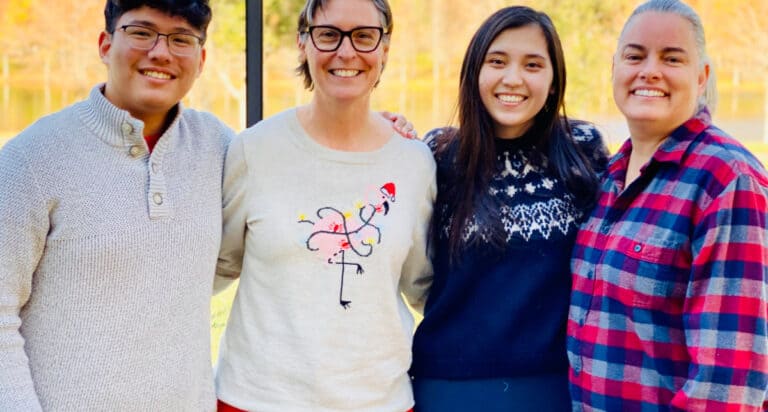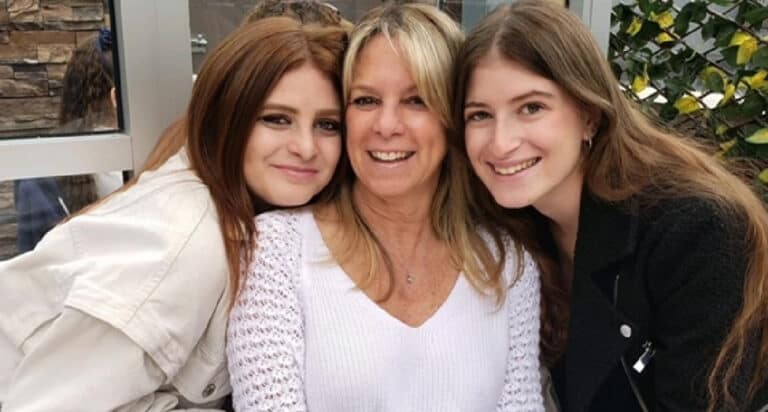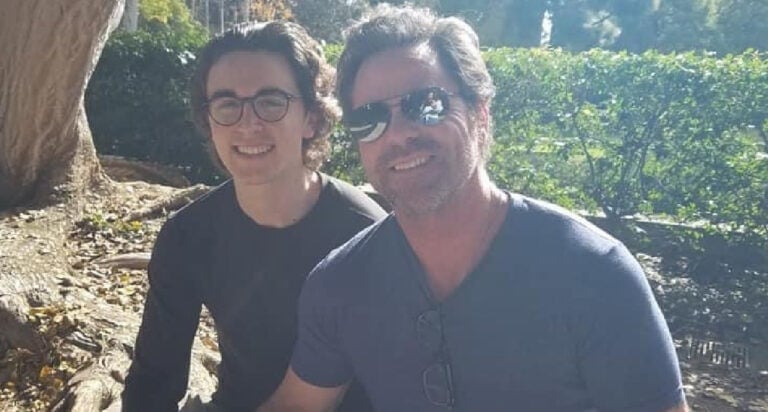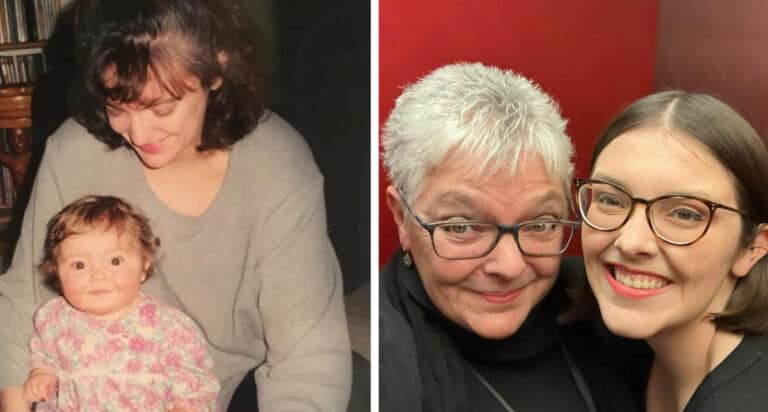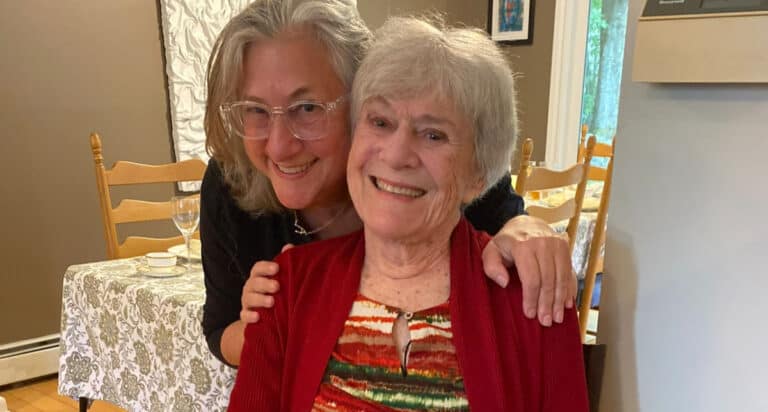Here’s a confession: I’m terrible at setting boundaries around my time and space when it comes to my kids.
Part of that is because I’m terrible at setting boundaries in general. (Chances are, I’ll say “yes” when I should say “no” — I’m working on it; the first step is identifying the problem.) Most of that, though, is because I’m a solo parent (also known as an only parent), which means I have no co-parent to provide any financial, emotional, or mental support.

Maintaining boundaries when you’re working from home is hard
As a result, any boundary I put up to protect my time feels like a roadblock to my kids’ needs. Because once they hit my boundary, there’s no detour. I am the only adult they have who knows the ins and outs of their life — from their routines to their friendship dramas to their triumphs and challenges. They can’t veer left and go ask their other parent.
Here’s another confession: Not all of the work I do from home is paid work — sometimes I spend hours crafting a pitch that will go nowhere or writing a scene that’ll get deleted in the morning — and it can be an effort to believe that work has as much value as work that I’m paid for. I tend to minimize the value of that work because it doesn’t translate to dollars, even though that’s the work that creates the foundation for dollars in the future.
My kids think that as long as I’m home I’m available to them
Taken together, for the past two years, my kids have operated under the belief, and I’ve allowed them to believe, that if I’m home, I’m available. Without the traditional “work” markers — a boss whose face looms large over Zoom or customers calling with service questions that require me to sift through dense reports — and with no other adult for them to turn to, they have often interrupted me mid-sentence to ask me to help find fill-in-the-blank-missing-item, or to confirm whether they’re free to see friends on Friday night.
Instead of telling them to either handle their problem on their own or wait, I’ve stopped what I was doing to help them. Which meant, for the last two years, I’ve been both professional and mom at the same time.
Often that’s meant something that should have taken me an hour, took me three, and then I’d still be working while we should be winding down and spending quality time together. Or, that I’ll push aside professional development efforts and goals until the pre-dawn hours when I’m guaranteed some quiet — but those hours are short and bleary and questionably productive.
One night it all came to a head
Recently, my boundary-less existence imploded. One difficult night, my kids had a lot of needs (both had exams and projects they needed an adult to help with) and I had deadlines, and everybody ended up frustrated and angry. My kids were angry that I wasn’t helping them when they legitimately needed help. I was angry with them for not being more patient.
Mostly, I was angry with myself because if I’d cordoned off my time and space earlier, I would have finished my work and then been available to help with theirs. By always trying to be available to them, I’d made myself all but unavailable when they needed me most.
What I realized then was that by always being available to them, I was alleviating my solo parent guilt, but I was also teaching them to take from others without considering the other person, while simultaneously teaching them that they should give until they’re depleted. I don’t want them to be unabashed takers or wholly selfless givers. I want them to learn balance.
It was a lesson — learned the hard way. (Don’t they — whoever they are — say that’s how the best lessons are learned?)
After that terrible night, I decided to try something new. I drew a boundary. I announced to my kids, and to myself, that I’m working until five; I’m off-limits until my computer is closed (save for true emergencies, of course.)
For a few hours, no one walked in to ask me where their cleats were or to announce that the bathroom light bulb had burned out. Instead, for a few hours, I worked (or stared out the window — such is a writer’s life when the words don’t come.)
For those few hours, I was my professional self only.
When my few hours were up, I closed my computer. I very intentionally shut down my professional self for the rest of my day with them and turned my mom self on. For the next few hours, my brain had an easier time focusing on my mom responsibilities, because (some of) my professional responsibilities had been completed.
Solo parenting is challenging and so is setting appropriate boundaries
This boundary between my professional self and my mom self is still new, and I’m still figuring out its curves and edges, but it’s already revealing what my lack of boundary had been creating: two kids who didn’t understand patience, a mom who wasn’t valuing her own time or aspirations, and a family that was floundering without a bit more structure.
Solo parenting will always come with a side of guilt. Even if I give all of myself, my kids are still getting half of what they would be getting if they had two parents. It’s simply impossible for one person to be two people. The truth is that what my kids need more than me being always available is me being an example — an example of how to create and set boundaries, how to commit and work toward a goal, and how to show love to the people around you by valuing your own time enough to know when to share it and when to protect it.
Easier said than done, but undoubtedly worth the effort.

